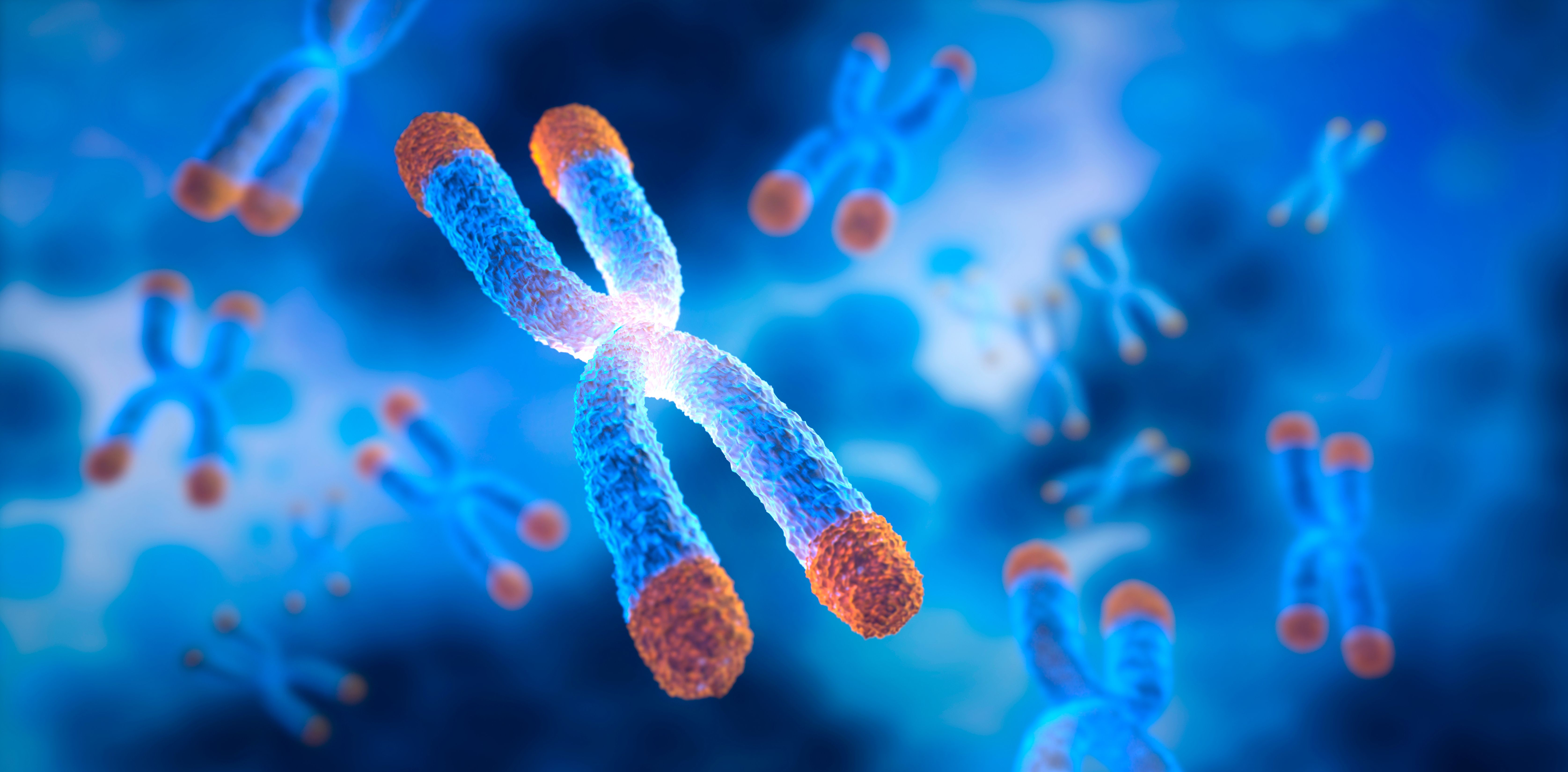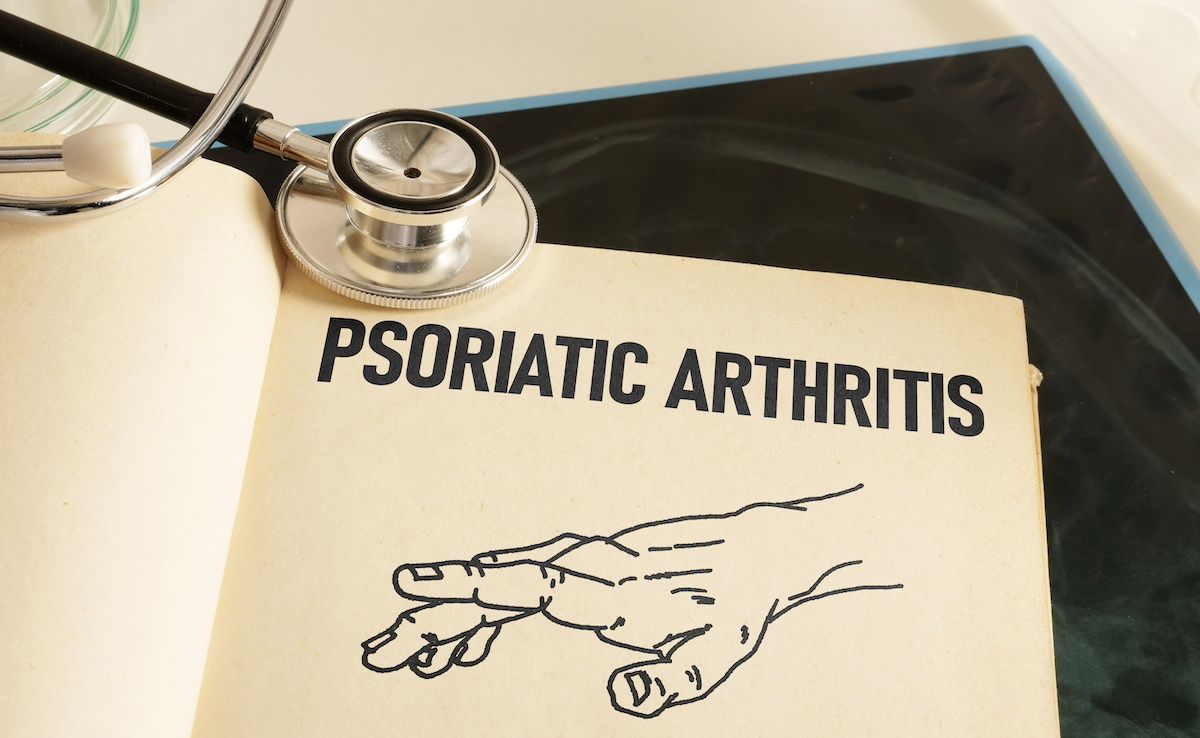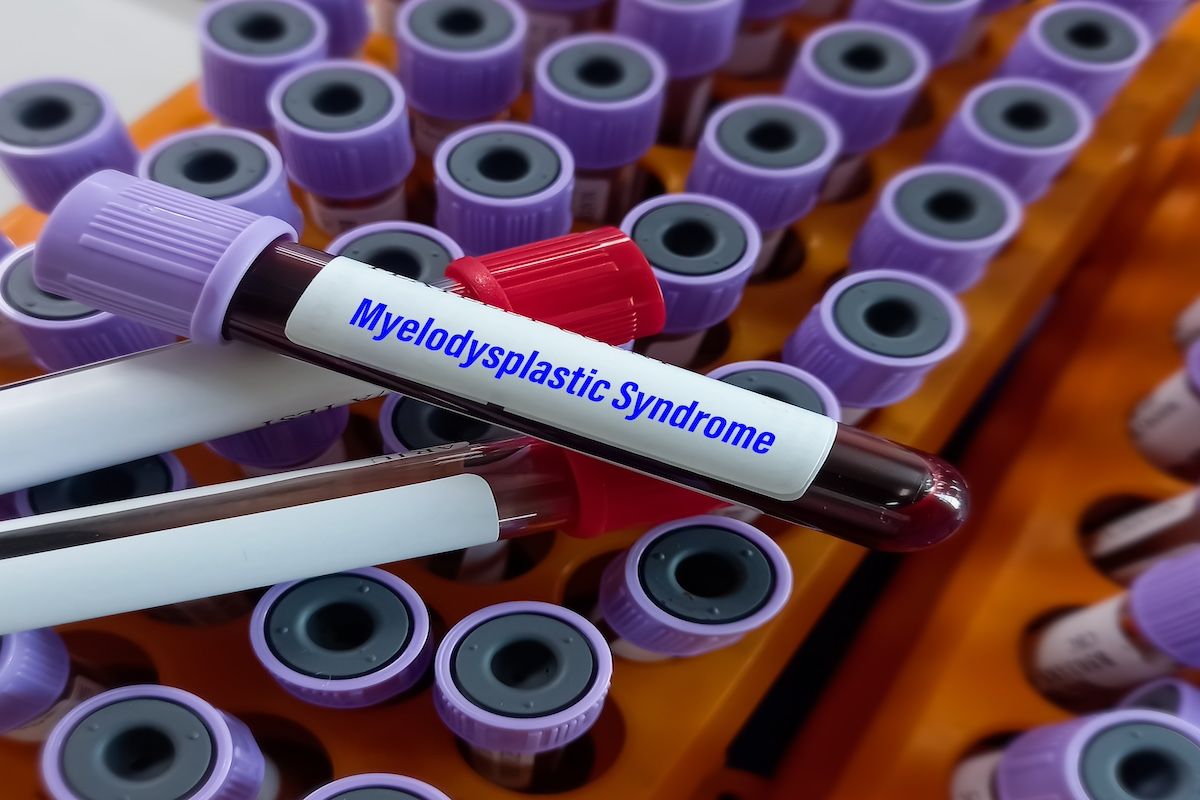Video
Dr Rob Nolan Discusses Findings From REACH Hypertension eCounseling Trial
Research from the REACH trial presented at the American College of Cardiology 66th Scientific Session indicated that participants who received the REACH eCounseling intervention showed significant improvements in measures of hypertension management, according to lead study author Rob Nolan, PhD, CPsych, director of Cardiac eHealth at the Peter Munk Cardiac Centre and clinical psychologist and scientist at the Toronto General Research Institute.
Research from the REACH trial presented at the American College of Cardiology 66th Scientific Session indicated that participants who received the REACH eCounseling intervention showed significant improvements in measures of hypertension management, according to lead study author Rob Nolan, PhD, CPsych, director of Cardiac eHealth at the Peter Munk Cardiac Centre and clinical psychologist and scientist at the Toronto General Research Institute.
Transcript (slightly modified)
Can you describe the REACH trial’s design and methods?
REACH, to our knowledge, was the first double-blind, randomized, controlled trial of eCounseling for hypertension. Now, we had 2 arms in this trial. The control arm had an educational and information approach to this. They received guidelines about how to make therapeutic lifestyle changes in exercise, diet, including sodium reduction, adherence to medications, as well as smoke-free living. They also received a checklist to review their progress with their physicians, and they had access to tools on the Heart and Stroke Foundation website to monitor behavior change and changes in blood pressure.
The eCounseling group received a similar theme of treatment but we made extensive use of multimedia, and we wanted to engage our participants more effectively. So, we had 14 original videos that we developed. These included expert type of summaries of self-help guidelines to initiate and sustain lifestyle changes in the areas that I mentioned. Also, we had dramatic vignettes that reflected back the experiences of individuals as they tried to initiate and sustain lifestyle change, and we had a peer discussion that provided positive role modeling as well as virtual support.
REACH was a 12-month intervention, and both arms of this trial received the same amount of contact with the internet-based program.
What were the results of the REACH trial?
For the results, our primary outcomes focused on blood pressure and other markers of cardiovascular risk. For systolic blood pressure, I should mention first that 83% of our sample were already taking antihypertensive medications, so for systolic blood pressure at 12 months, both the controls and the eCounseling group significantly reduced systolic blood pressure from baseline. The controls reduced it by 6 millimeters of mercury (mmHg); however, the eCounseling group reduced systolic blood pressure by 10 mmHg, and that was a significant group difference.
For pulse pressure, only the eCounseling group significantly reduced that index from baseline, and it was by about 4 mmHg and that was a significant group effect. Similarly, for the Framingham index, only the eCounseling group significantly reduced that index from baseline, it was by about 2%, and we also did observe a significant group effect there too.
For diastolic blood pressure, men and women responded differently. So with this sex by treatment interaction, among women, both the control and eCounseling groups reduced diastolic blood pressure by about 6 mmHg, and that was a significant drop but no group difference. But for men, only the eCounseling group significantly reduced diastolic blood pressure, and that was by about 4 mmHg.
Finally, for non-high density lipoprotein cholesterol (non-HDLC). I should mention in describing this that we screened initially in the trial for elevated blood pressure, but not cholesterol, and cholesterol was just in the average range to begin with, so we didn’t see any further reductions that were significant from baseline in our eCounseling or control groups. Among women, there was no significant change from baseline and no group difference. Among men, there was a group difference in favor of eCounseling. Controls significantly increased non-HDLC by about 11 milligrams per deciliter at 12 months.

The Importance of Examining and Preventing Atrial Fibrillation

BCI Shows Promise of Personalized Endocrine Therapy in Breast Cancer



